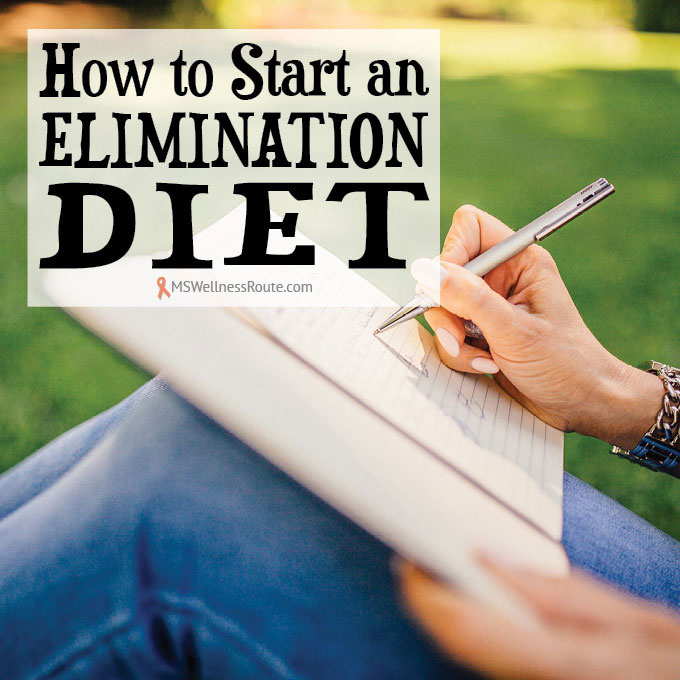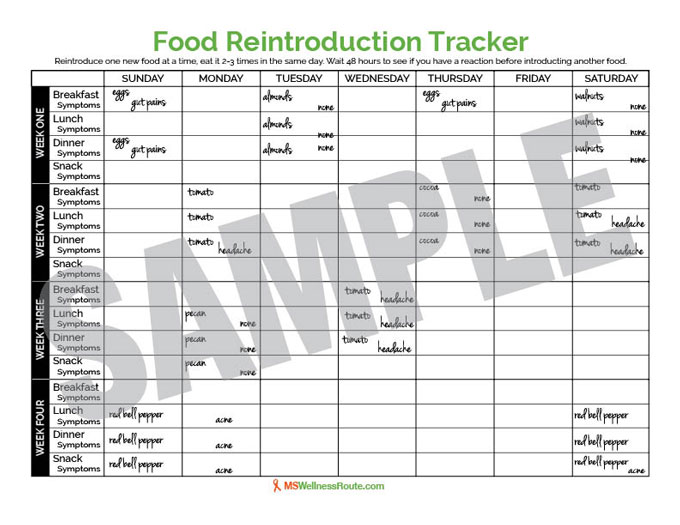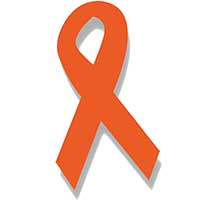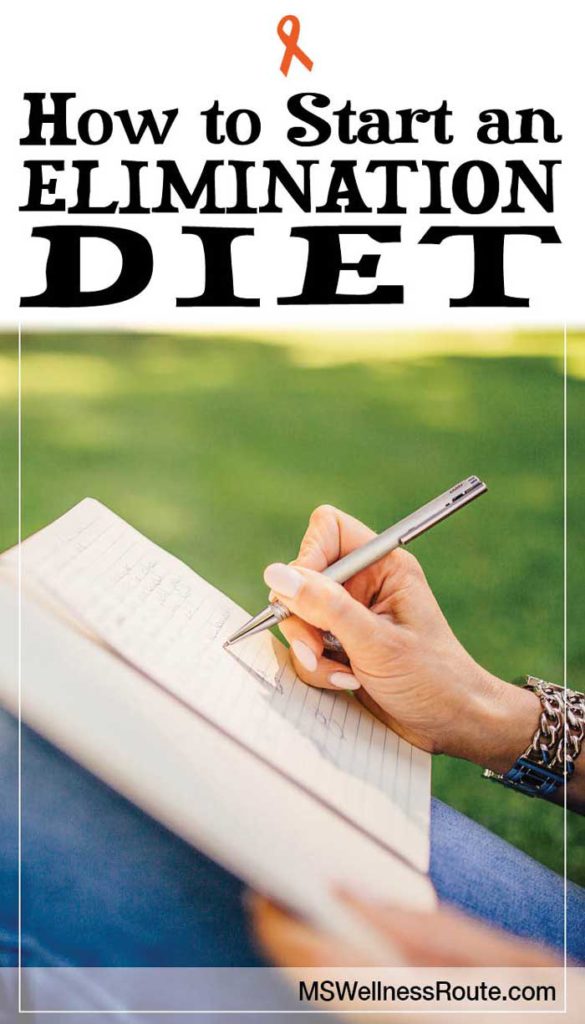Last Updated on January 29, 2025 by Cathy

Leaky gut syndrome is a result of a damaged intestinal lining, as the lining begins to create “leaks” it allows larger food particles, yeast, and other toxins to pass and cross into the bloodstream affecting the brain and central nervous system. Your liver can no longer keep up with all the toxins, then your immune system goes into attack mode on these foreign invaders.
Your body begins to produce antibodies to fight against them, your body becomes more sensitive to foods that are passing through to your bloodstream. Although food is not the problem to your symptoms, it’s your leaky gut causing the problems.
Symptoms of a leaky gut vary from person to person depending on the level of damage that has been caused. Symptoms can include food intolerances, skin issues, headaches, brain fog, autoimmune diseases, the list goes on and on.
There are four different triggers for a leaky gut:
- Diet
Food toxins
Food Sensitivities - Stress/Infections
Bacteria
Yeast Overgrowth (Candida)
Parasites
Virus - Environmental Toxins
Chemicals
Heavy Metals
Radiation
Medications (antibiotics, birth control, steroids) - Genetics
Heredity
Allergies
Researchers have found evidence that gut dysbiosis (leaky gut) plays a part in the activity of cells in the brain involving inflammation. Your immune response is caused by inflammation which eventually leads to an autoimmune disease. For your body to heal it’s important to heal your leaky gut, eat a nutrient-dense diet, and increase the good bacteria in your gut.
Some people have a sensitivity to food and don’t even realize it, your body begins working hard to protect itself from dangers such as food. An elimination diet, like the Autoimmune Protocol (AIP), is a diet that helps people with autoimmune diseases like Multiple Sclerosis (MS) discover if they have any food sensitivities and eliminate them to begin the healing process of their gut.
The AIP eliminates foods to which you may be sensitive or allergic, without all the food irritants it allows your body’s immune system to calm down. For your body to heal it’s important to eliminate all food allergens, repair your leaky gut, and start adding good bacteria (probiotics) to your gut.
3 Steps To Follow The Elimination Diet
The AIP diet is very strict, you’re trying to figure out whether or not certain foods may be causing your symptoms. If they are causing problems, the AIP diet will improve your symptoms and make you feel better.
Step 1 – Removing
The two biggest culprits are gluten and dairy, you should have already removed these when you started eating real food and removing all processed foods. It’s a good idea to remove all foods you suspect and foods that are known to cause allergies or sensitivities.
Foods to remove:
- Alcohol
- Caffeine
- Chocolate
- Dairy (including ghee and whey)
- Eggs
- Gluten
- Grains
- Legumes (beans, peas, peanuts)
- Nightshades (eggplants, peppers, tomatoes,)*
- Nightshade seasonings (cayenne, chili pepper, paprika)
- Nuts
- Seeds
- NSAIDs (aspirin, ibuprofen, naproxen like Aleve)
*Peppercorns are not part of the nightshade family.
Other possible allergens:
- Citrus fruits and juices
- Certain meats (beef, chicken)
- Shellfish (crab, lobster, shrimp)
- Starchy vegetables
- Strawberries
It’s not easy and it seems like there’s nothing left to eat, but for your body to heal it’s important to remove these foods and don’t cheat. Two weeks is the average time to start seeing improvements, some people wait as long as one or two months. I waited over one month before I started reintroducing the foods back in one at a time.
It is possible to have withdrawals, especially if you are addicted to your morning coffee (caffeine). If that’s the case, eat more frequently this also helps maintain your blood sugar. It’s a good idea to keep track of what you’re eating and if you notice any symptoms, you can start on any day of the week. Below I am including an example, you are welcome to print out a blank chart just click on the image below.

Step Two – Reintroducing
Once you’ve removed these foods and you’re feeling better, it’s time to reintroduce them back into your diet. To figure out which food item is causing the problem, you need to reintroduce them one at a time and watch for any signs. Keep a food journal of what you eat and what your symptoms are, this will help you remember exactly what happened.
Once you have reintroduced a food item back in, wait two to three days for any symptoms. Symptoms usually happen rather quickly, but other times it may take a day or two for them to show up. It sometimes helps if you eat a large amount so you can notice your symptoms a little easier. Symptoms can be bloating, acne, headaches, nausea, dizziness, gut pains, or rapid heartbeat.
For me, I always knew I was sensitive to eggs and it only took about 10 minutes before I started getting gut pains. However, I had no idea tomatoes were a problem until I reintroduced them and my face broke out the next day. I tested it a few more times and each time my face broke out.
If you’re unsure remove them again and wait one week then reintroduce them again to see if you have similar symptoms. If you do you need to remove them from your diet until you have healed your leaky gut. Once your gut has healed reintroduce them, if you still have problems that is your cue to not eat them again. Once your leaky gut has healed you can then try it again to see if your body can handle it.
Step Three – Healing
Removing the foods that cause sensitivities is part of the puzzle to healing. Some people like to stay on the elimination diet avoiding all foods on the list until their gut has completely healed. It’s your decision, just pay close attention to any adverse reactions your body goes through.
Avoiding foods that cause sensitivities and eating a nutrient-dense diet allows your gut to be happy and heal. Everyone is different for some people it’s three months before they start seeing results, for others, it can take a few years. In most cases, it takes 4-6 months to start seeing results.
Make sure you’re also getting plenty of sleep, at least 7 hours each night, and reduce stress to allow your body to heal more effectively. It’s also a good idea to drink half your weight in ounces of water per day. If you weigh 150 pounds then you should be drinking 75 ounces this will help your liver flush out toxins. Since most people with MS have bladder issues, do the best that you can.
This is not a perfect test because it can sometimes be hard to tell if a certain food item the cause. If you are not seeing any improvements it could be another food item that’s not on this list or it could be that your symptoms aren’t caused by food. It’s best to talk to your functional medical doctor to find the root cause of your symptoms.
This is a very strict diet but in order for your body to heal sometimes, you need to take those extra steps to help it.

Food Reintroduction Tracker
Get the password for my library including the Food Reintroduction Tracker here by filling out this form:
Want to Remember This? Pin it to your favorite Pinterest board!

How to Start an Elimination Diet





